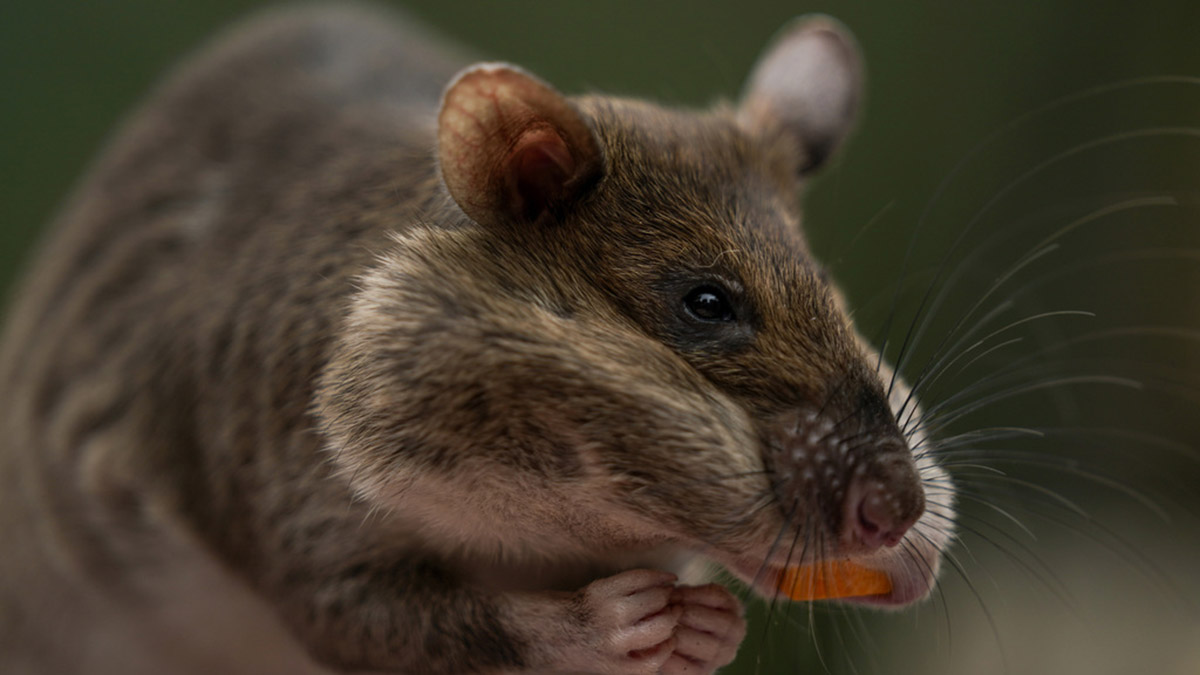Singapore has long been known for its efficiency in tackling urban challenges, but its latest battle is something straight out of a science fiction movie. With cutting-edge tools like infrared cameras and AI-powered sensors, the island nation has taken its fight against rats to a whole new level. This isn’t just pest control—it’s a full-blown high-tech war between humans and rodents and Singapore seems to be winning.
High-tech arsenal
According to a The Strait Times report, in the ongoing effort to control the rat population, Singapore’s National Environment Agency has rolled out an impressive array of advanced technology. At the forefront are thermal surveillance cameras, which can detect rats by sensing the heat they emit. These cameras, tested in areas like Buffalo Road and Telok Ayer Street, track rat movement, revealing routes that the rodents take to access food sources. The results? A 50 per cent drop in rat burrows detected in 2024 compared to 2023, thanks in part to these high-tech gadgets.
Passive Infrared cameras have also played a significant role. These smaller, battery-powered devices are placed in hard-to-reach spots like drains and false ceilings, where rats often hide. Triggered by movement, they provide surveillance in areas that are less accessible to humans, ensuring no rat goes undetected.
How rats are being outwitted
It’s not just the technology that’s fascinating, it’s how rats are being caught off-guard. In a scene reminiscent of a sci-fi movie, thermal cameras light up red whenever a warm-blooded animal like a rat is nearby, turning Singapore’s streets into battlegrounds. Authorities can now visualise not only where rats are hiding but also how they move around the city. This real-time data is shared with stakeholders like town councils and food operators, who are then able to eliminate the rodents and prevent their return.
In just four months of trials, these thermal cameras have provided critical insights, allowing authorities to target rat infestations with surgical precision. It’s a game of high-tech hide and seek and the rats are losing.
Impact Shorts
More ShortsScience behind the success
Behind the flashy gadgets lies a robust strategy. The key to Singapore’s success has been its ability to combine technology with strong enforcement and public cooperation. Thermal cameras and infrared sensors aren’t just catching rats—they’re helping experts understand the patterns behind infestations. By mapping rat activity both temporally and spatially, the NEA can deploy resources more efficiently, focusing efforts where they are needed most.
This high-tech approach is backed by rigorous enforcement against poor waste management, a major contributor to rat infestations. In the first half of 2024 alone, about 380 cases of enforcement action were taken against premises with rat-related lapses, further tightening the grip on potential food sources for the rodents.
Victory is near, but the war isn’t over
While Singapore’s technological innovations have led to a significant reduction in the rat population, authorities caution against complacency. A single lapse in waste management or public vigilance could lead to a resurgence. Rats are notorious for their rapid breeding cycles, so maintaining strict control measures is crucial.
According to mothership.sg, Senior Parliamentary Secretary Baey Yam Keng warned against complacency as a single lapse may lead to recurrence as rats multiply very quickly. The fight may be leaning in Singapore’s favour, but as with any war, constant vigilance is key to ultimate victory.


)

)
)
)
)
)
)
)
)



